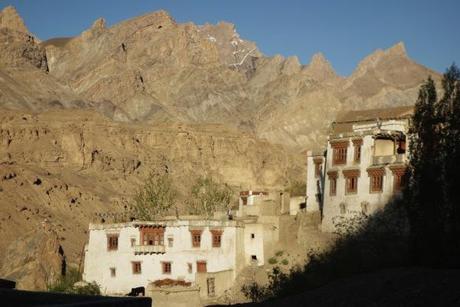“Desire! That’s the one secret of every man’s career. Not education. Not being born with hidden talents. Desire.”
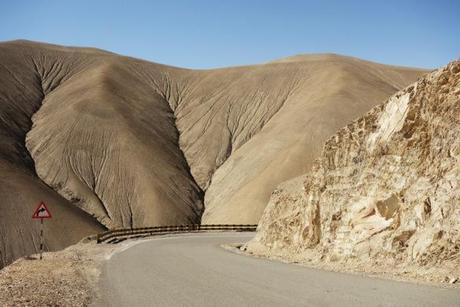
Just before reaching the pass that would officially bring us into the Zanskar valley we encountered two Indian motorcyclists who had just come from farther ahead. They flagged us down to explain that the pass had been impossible for them to complete as there was no road. Not a bad road, or a washed out road, simply, no road. And on top of that, there was new snowfall (unsurprising as farther below we had experienced over twelve hours straight of rain) and apparently a river (or part of the non road) which would have water up to our waists due to the extensive snow melt. So, after spending one last night surrounded by beautiful mountains over 7,000m, we decided to cycle out and towards Leh in order to return a few weeks later for a twenty day trans Himalayan trek through the Zanskar valley.
It was apparent we had left the green Kashmir valley and had entered into Ladakh, a barren desert of rock and dust. Ladakh means many passes, very fitting as you can’t seem to cycle for more than forty kilometers without hitting some sort of steep climb. Though the road was unpaved for part, the rest of the way to Leh, including two passes (just under, and just over 4,000m) was built on a newly paved road.
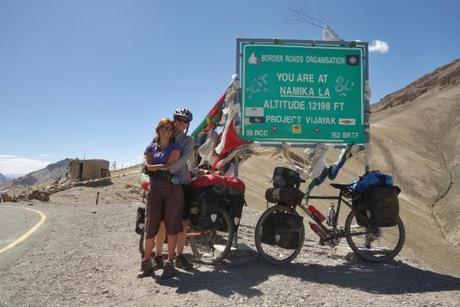
Kevin cycling with the sheep and goats. We have passed many herders such as this guiding their animals up and over passes and into neighboring valleys.
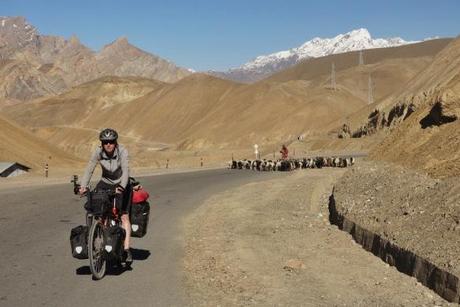
Statues, temples, and sculptures made it clear that we were in Ladakh, the Tibetan high altitude desert.
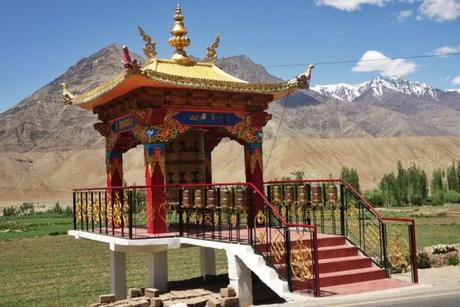
Just before these passes we stopped for a break at a Buddhist sculpture that dates back to the first century, and as we were asking a friendly Tibeaten shop owner if there was anywhere we could pitch a tent (there is absolutely no flay ground in this rocky landscape), he invited us to stay in a house he was currently building for his daughter, an empty house that was not yet complete. He showed us to the spot which turned out to be perfect, a large Ladakhi style home on a hill overlooking the small village and river below. He showed us which room would be warmest to sleep in after he had given us the tour, and then left us with his keys so we could come and go as we pleased.
After speaking with him further, he told us a bit of his story. By tenth grade he had dropped out of school and began working which was very common forty years ago (and even today). He was married with his first (of three) children by eighteen at which time he was give the opportunity to complete a nine month training program to become a vet. He then spent the next thirty-seven years working throughout Ladakh as his wife and children took care of the farm. Now, nearing sixty, he is happily retired with a small shop “just for fun” as he puts it with a grin. He spends ample time with his four grandchildren who live within minutes of him, and is keeping himself occupied during the summer by building a house (the one we spent the night in) for his daughter. When we asked him how we learned his English (he speaks it nearly perfectly), he explained that he taught himself through books, movies, and by speaking with tourists. Not only was he one of the kindest most smiling people I have ever met, but he was also extremely polite, funny, and smart. He was the kind of man an child would be proud to call grandpa.
While we were sitting outside the house we saw a red cloaked women (a Buddhist nun) approach, and quickly realized she owned the house next to “ours.” She invited us in for tea, and then for dinner, which I helped her prepare. Not only was it a great meal and a fun evening, but it also gave me a chance to pick someone’s brains about everything ranging to how many people sleep in a room at a nunnery (1, 2, or 3 depending in your rank) and whether the children in this high village go to school in the winter (no, they don’t, they have a three month break and everyone spends the winter inside their homes or in their neighbors).
These two hosts provided us with a traditional Ladakhi house and a traditional Ladkahi meal… More than we could have ever hoped for when we asked if there was somewhere to pitch our tent. These acts of generosity and selfless hospitality were necessary for me to proceed through Ladkah with a clear head instead of with the pent up anger I have been accumulating this last year from the multitude of men who yell phrases such as “hey baby I want to fuck you,” out their windows, and the children and women who demanded chocolate from us purely because we are white. These two people have shown me that there is still hope, that no matter how few it may seem, there are still some good souls in India, especially in Ladakh.
Here is the toilet for the house we stayed in. It was a two story building where we entered into the top floor, went in the whole, and could see it in the large floor down below. Since there was a door on the first floor we assume they scoop it out so the holding tank never overflows.
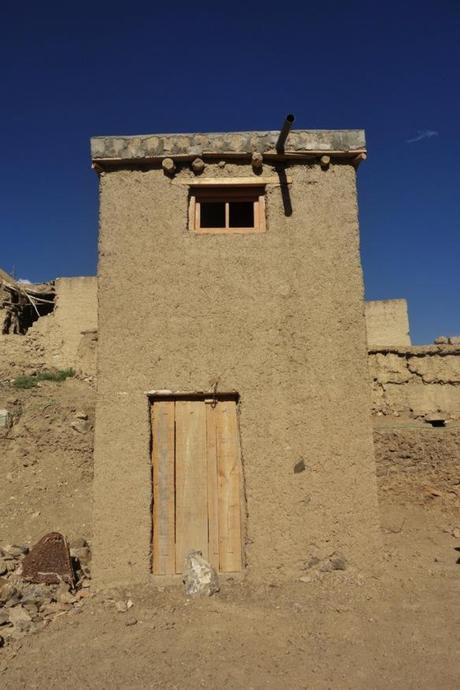
The house had the typical woodcarvings above the door like any of the houses in Ladakh.
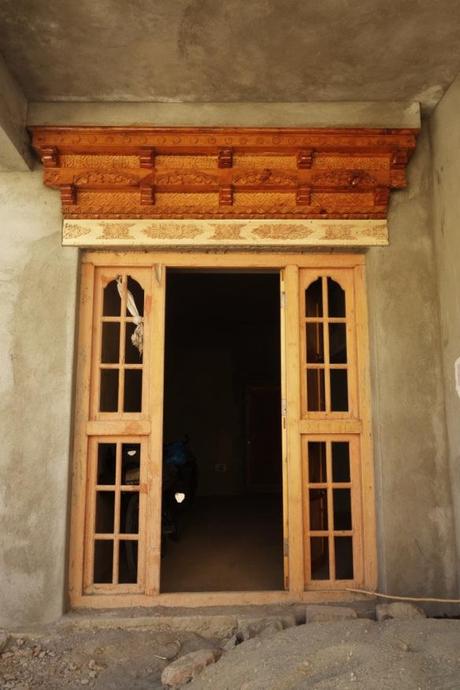
Here are the neighboring houses in the small village we stayed in.
